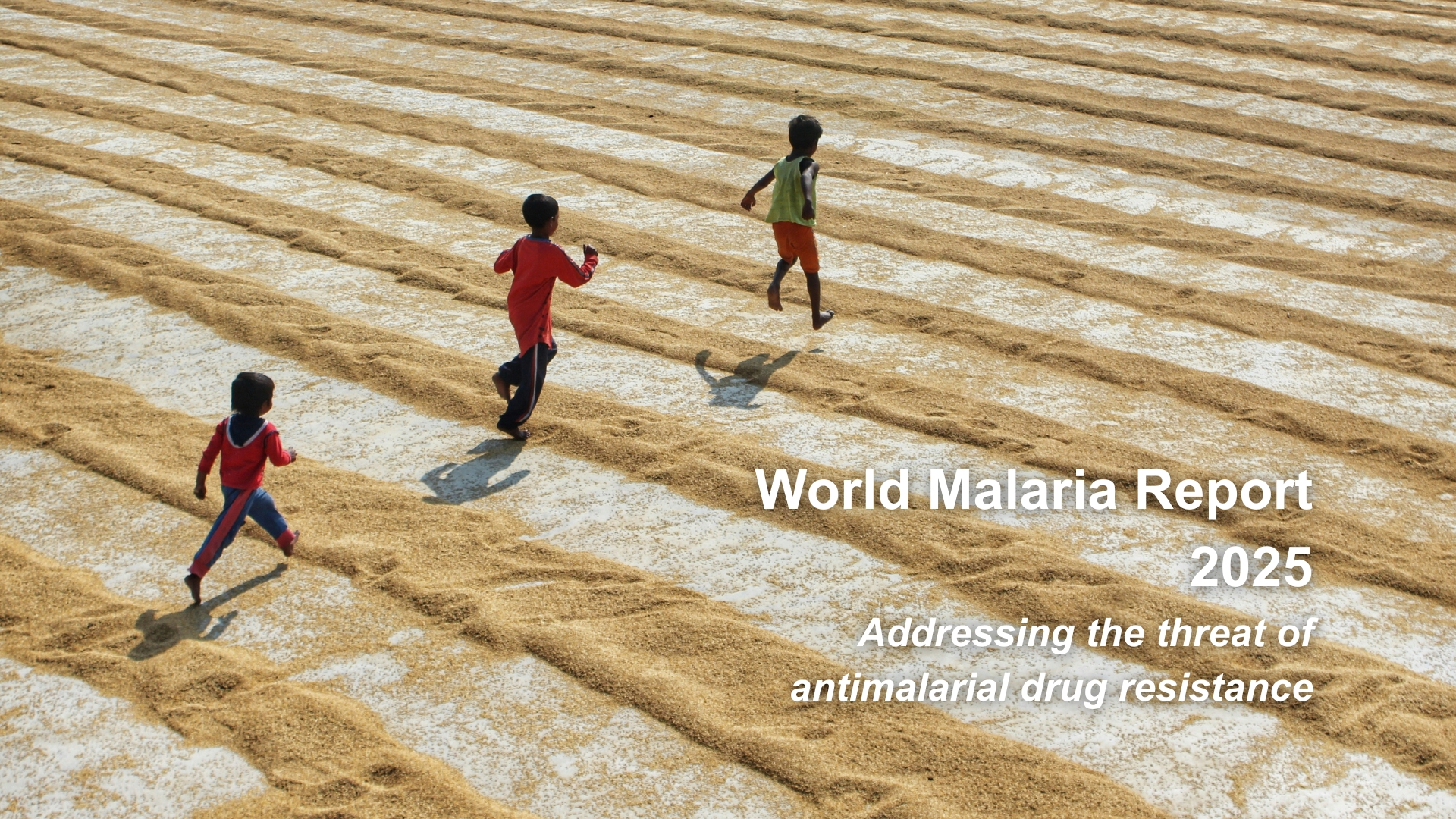
Malariais a disease of the rural poor and the vulnerable. To achieve elimination by2030 in Asia Pacific, countries must protect those most at high risk of malaria.Pregnant women and young children for example face a higher risk because ofreduced immunity, yet their needs vis-à-vis malaria prevention and treatmentare not being adequately met. The vulnerability to existing infectious diseasesis further heightened by other health crisis of a global nature such as theCOVID-19 pandemic and the public health consequences of climate change.
Gender-relatedsocial and cultural norms influence exposure to malaria and access to malariaprevention and treatment services. Attitudes and actions vis-à-vis seekingmalaria services are often related to them being a “woman” or a “man”. Forexample, women may lack information, agency, and the economic means to seekdiagnosis and care for malaria. Men in Asia Pacific, by virtue of working andspending more time outdoors, may be at higher risk of exposure. In the Greater Mekong Subregion (GMS) forexample, seasonal and mobile forest workers are most exposed to malaria vectorsyet have limited access to health services.
Howgender-related dynamics impact access to malaria services has been understudiedin Asia Pacific. Our latest thematic brief provides an overview of the relationship betweengender and malaria with examples from Asia Pacific. It provides policyrecommendations for programs to design more gender-sensitive and gender-responsiveelimination strategies.
Vulnerability to Malaria in Asia Pacific: Being Gender Responsive
March 2021
Download Thematic Brief

.svg)


.jpg)






